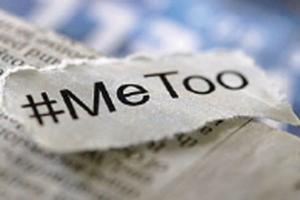The research team used natural language processing (NLP) techniques to analyse online media coverage of #MeToo narratives that included 27,602 articles in 1,576 outlets

Representational picture/Getty Images
Washington D.C.: A Carnegie Mellon University analysis of #MeToo media coverage shows accusers are often portrayed as sympathetic, but with less power and agency than their alleged perpetrators. The paper was presented by graduate student Anjalie Field in Florence, Italy, last month at the Association of Computational Linguistics conference.
ADVERTISEMENT
"The goal of the movement is to empower women, but according to our computational analysis that's not what's happening in news stories," said Yulia Tsvetkov, assistant professor in the School of Computer Science's Language Technologies Institute. Tsvetkov's research team used natural language processing (NLP) techniques to analyse online media coverage of #MeToo narratives that included 27,602 articles in 1,576 outlets.
They also looked at how different media outlets portrayed perpetrators and considered the role of third-party actors in news stories. The team's analysis also showed that the people portrayed with the most positive sentiment in #MeToo stories were those not directly involved with allegations, like activists, journalists, or celebrities commenting on the movement, such as Oprah Winfrey.
Catch up on all the latest Crime, National, International and Hatke news here. Also download the new mid-day Android and iOS apps to get latest updates
 Subscribe today by clicking the link and stay updated with the latest news!" Click here!
Subscribe today by clicking the link and stay updated with the latest news!" Click here!






